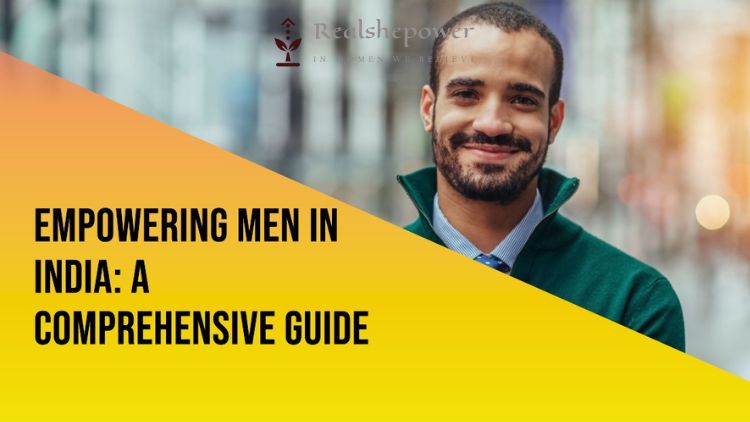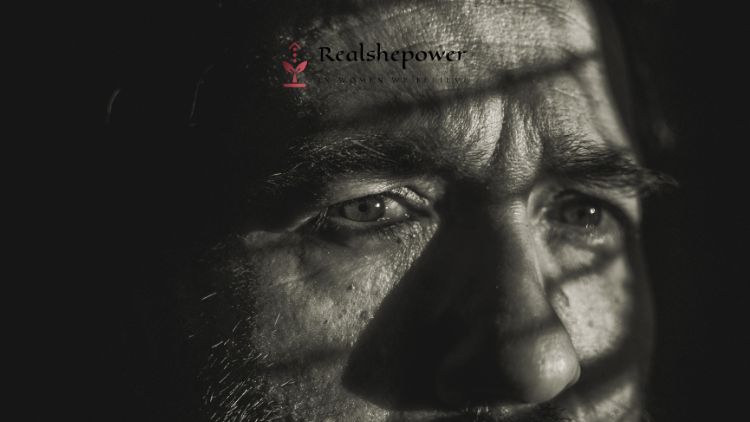Breaking the Silence on Men’s Rights in India


Men’s Rights in India
In the grand tapestry of societal discourse, the often-muted narrative of men’s rights resonates with challenges that demand our attention. As we journey into the heart of this complex landscape, we unveil a stark reality that challenges conventional perceptions. It’s time to dismantle the silent barriers that restrict open dialogue and confront the unspoken struggles faced by men in India.
Table of Contents
Understanding the Landscape: A Bold Exploration
In the corridors of justice, legal imbalances persist, casting shadows over the rights of men. The narrative of gender equity has been skewed, with laws like the Protection of Women from Domestic Violence Act inadvertently creating a blind spot for men facing similar afflictions. This is not an indictment of the rightful protection accorded to women but a call for a more nuanced legal framework that embraces equality without compromise.
As we scrutinize the workplace, a labyrinth of biases reveals itself. Men, too, traverse a terrain marked by gender stereotyping and elusive promotions. Authentic data illuminates the stark truth – workplace discrimination extends its reach beyond one gender, demanding a reevaluation of corporate dynamics.
But these are not mere statistics. They are rallying cries for a shift in perspective, a call to challenge the status quo, and an assertion that the discourse on gender rights must transcend the confines of a singular narrative. It’s time to rewrite the script, embarking on a journey that acknowledges the intricate struggles faced by men in a society that demands equality for all. This is not a plea; it’s a confident assertion that the time for change is now.
Facts and Figures:
Amidst the clamor for gender equality, the stark reality of men’s challenges cannot be ignored. Delving into the data reveals a disquieting truth – suicide rates among men in India are soaring. The burden of societal expectations, workplace discrimination, and the dearth of mental health support converge, leading to an alarming surge in male suicides. This isn’t a mere statistic; it’s a silent cry for attention.
Furthermore, false dowry cases, often overlooked, paint a disturbing picture of the misuse of protective laws. As we scrutinize the numbers, it’s evident that men face a nuanced battlefield. Ignoring these stark facts perpetuates an incomplete narrative on gender rights. It’s time to confront these realities with unflinching resolve and usher in an era of true gender inclusivity.
Legal Reforms:
1. Shared Parenting Laws:
One significant stride toward recognizing men’s rights lies in the advocacy for shared parenting laws. These reforms aim to dismantle traditional gender roles in parenting and ensure that both parents have equal rights and responsibilities. The impact of shared parenting laws extends beyond legal frameworks; it reshapes societal perceptions and fosters a more inclusive understanding of parental roles.
2. Gender-Neutral Laws:
A call for gender-neutral laws echoes the need for impartiality in legal proceedings. By dismantling gender biases in existing laws, the legal system can better address the unique challenges faced by men. Gender-neutral laws encompass a wide range of issues, including domestic violence, alimony, and child custody, ensuring that legal proceedings are fair and just for all individuals, irrespective of gender.
In navigating these legal reforms, we are not merely altering statutes; we are reshaping the foundation of justice to be more inclusive and responsive to the diverse needs of individuals. The journey toward equitable justice demands a comprehensive examination of existing legal frameworks and a commitment to fostering an environment where every individual, regardless of gender, can access justice on an equal footing.
Challenges Faced by Men:
- Stigma Around Seeking Help:
Men often confront a societal stigma surrounding vulnerability and mental health. The deeply ingrained belief that seeking help is a sign of weakness poses a substantial challenge. Breaking down these barriers requires not just acknowledgment but a cultural shift in attitudes towards emotional well-being. - Father’s Rights:
In the realm of family law, fathers encounter distinct challenges, particularly in custody battles and visitation rights. The legal system, at times, grapples with preconceived notions about parenting roles, making it crucial to advocate for fair and gender-neutral family laws that recognize the diverse facets of fatherhood. - Workplace Discrimination:
Discrimination in the workplace, though often overshadowed, is a formidable challenge. Gender stereotyping, biased promotions, and a lack of flexibility contribute to an environment where men may feel constrained by societal expectations. Addressing workplace discrimination necessitates a commitment to fostering inclusive workspaces that recognize and celebrate diversity. - Legal Disparities:
Despite the legal frameworks in place, men can face disparities, particularly in cases of domestic violence and harassment. The assumption that men cannot be victims of such situations perpetuates a flawed narrative. Advocating for equitable legal measures that consider all parties involved is paramount for dismantling these stereotypes.
As we delve into these challenges, it is imperative to approach the discussion with empathy, recognizing that men’s struggles are integral to the broader narrative of gender equality. The journey towards a more inclusive society requires an acknowledgment of these complexities and a collective commitment to dismantling societal norms that perpetuate gender-based disparities.
The Path Forward: Nurturing Equality and Resilience
Advocacy and Awareness:
The journey begins with robust advocacy efforts to raise awareness about the nuanced challenges men face. Initiatives that dismantle societal stereotypes and promote dialogue around men’s rights are essential. By leveraging social platforms, educational institutions, and community forums, we can challenge preconceived notions and foster a society that acknowledges and addresses the struggles faced by men.
Legal Reforms:
A pivotal step in the path forward involves advocating for legal reforms that reflect the evolving dynamics of gender rights. Proposing and supporting legislation that promotes shared parenting, revisits gender-neutral laws, and addresses issues like workplace discrimination is paramount. Engaging with policymakers and legal experts to enact meaningful change ensures that the legal framework aligns with the principles of equality and justice.
Support Systems:
Creating robust support systems is imperative for men navigating challenging circumstances. Establishing helplines, counseling services, and safe spaces for men to share their experiences can contribute to dismantling the stigma associated with seeking help. Building a network of empathetic professionals, both within legal and mental health domains, ensures that men have access to the support they need during trying times.
Educational Initiatives:
Integrating educational initiatives that promote gender sensitivity and inclusivity is crucial. By incorporating discussions on men’s rights into school curricula and awareness programs, we can cultivate a generation that understands and respects the diverse challenges faced by individuals of all genders. Education serves as a powerful tool in dismantling stereotypes and fostering an environment of empathy and understanding.
Community Engagement:
The path forward involves active community engagement, bringing together individuals, organizations, and institutions committed to championing men’s rights. By fostering partnerships, hosting events, and facilitating open dialogues, communities can play a pivotal role in creating an inclusive environment that supports the rights and well-being of men.
In conclusion, the path forward is a collective endeavor that demands commitment, compassion, and collaboration. By advocating for legal reforms, fostering awareness, establishing support systems, promoting education, and engaging communities, we can pave the way for a society that embraces and upholds the rights of all its members, irrespective of gender. The journey towards true gender equality requires a unified effort to dismantle stereotypes, challenge biases, and build a future where everyone can thrive.
The Truth About Male Rape and Society’s Stigma

You can now write for RSP Magazine and be a part of the community. Share your stories and opinions with us here.
